Types of roof shingles. – Maybe you’re thinking about increasing the value of your house before a potential sale, or maybe you’re looking to do some routine maintenance on your roof before the weather gets colder.
Contents
In either case, you’re going to have to know about the different types of shingles. Some roofing shingles are superior to others, but there’s also the matter of cost and ease of installation. Energy efficiency and durability are two other primary concerns for homeowners.
So which types of shingles are the best? The types of roofing shingles available include: asphalt, fiberglass, tile, metal, wood and slate.
6 Types of Roof Shingles
TYPE #1: ASPHALT SHINGLES
Of all the types of roofing shingles available, asphalt tiles are by far the most popular for houses. There are several factors that make them so popular with homeowners:
- They are relatively cheap to buy and install.
- They can last anywhere from 20-50 years.
- They typically meet Energy Star standards, so they can help you save on energy bills.
- They are so easy to install that some people turn them into a DIY home project.
- They come in various colors and textures, including some that resemble weathered wood.
However, asphalt shingles are really only designed for residential home roofs with a steep slope. If you have a flat roof, for example, asphalt tiles are not the best choice. There are a few other pitfalls when it comes to using asphalt tiles:
- They don’t handle large temperature fluctuations well.
- They can easily be damaged by hail storms, wind or severe rain storms.
- They are not as long-lasting as wood, slate or tile roofs.
TYPE #2: FIBERGLASS SHINGLES
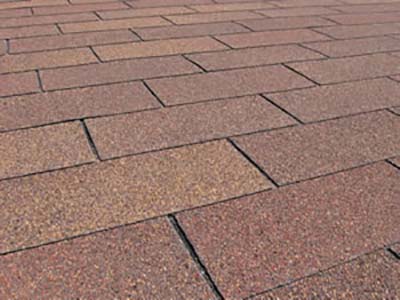
One different type of asphalt shingle that has become popular with homeowners is the fiberglass shingle. These shingles include a fiberglass base mat and a waterproof layer bonded to the mat with resin. Asphalt that has been mixed with special minerals is layered on top, forming a composite shingle. The additional fiberglass treatment gives these tiles two additional properties:
- They are extremely fire-resistant.
- They are waterproof.
If you’re looking for additional protection from storms and wind, fiberglass shingles are a good choice.
TYPE #3: TILE SHINGLES
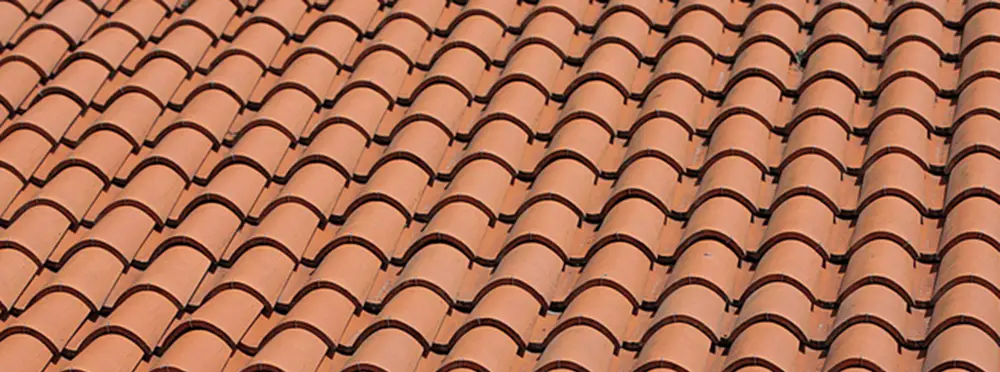
Tile shingles are among the most visually attractive form of shingle available. Mediterranean-style villas and Spanish colonial-style homes typically have tile shingles. Tile shingles have two major advantages:
- They are visually appealing and instantly recognizable as a mark of quality.
- They can last 80 or more years, meaning you may never have to replace them.
However, there are also three disadvantages:
- They are the most expensive form of tile.
- They are extremely difficult to install and usually require a contractor.
- They can develop small holes or leaks that are hard to patch up.
TYPE #4: METAL TILES
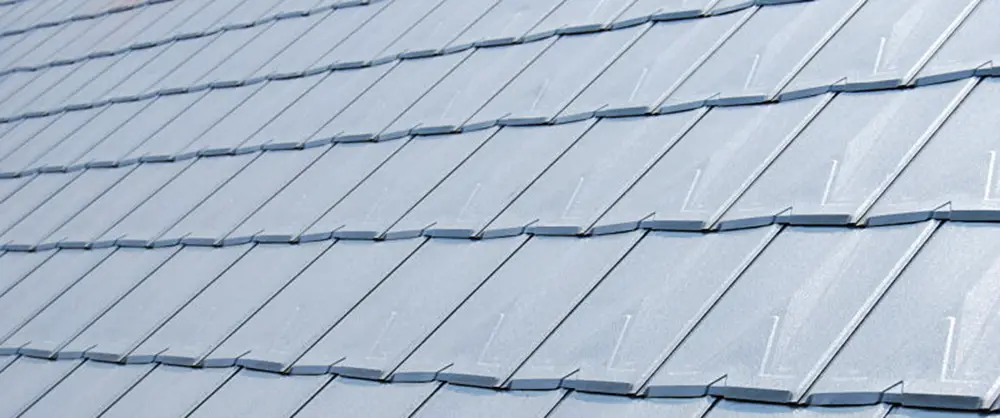
Metal tiles, which are typically made of copper, tin, zinc or aluminum, have very specific uses. They are really only used for very steep roofs or flat roofs, and thus are not as popular as other options. Metal tiles possess several key advantages:
- They are extremely durable (as you might expect from metal).
- They are relatively affordable, depending on the metal content.
- They can last 50 or more years without repairs.
One downside to using metal tiles, though, is that they can be very noisy during rainstorms.
TYPE #5: WOOD TILES
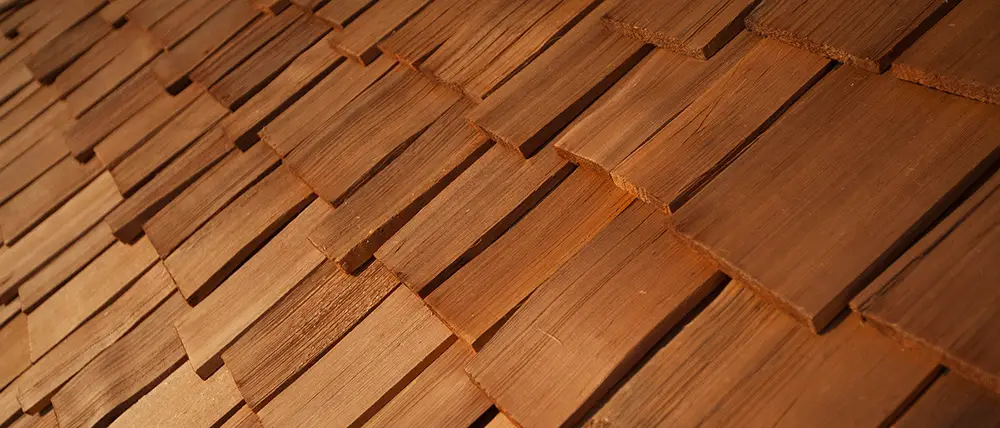
Before there were asphalt tiles there were wood tiles, which are long lasting, durable and energy-efficient. Wood tiles are typically made of pine, redwood, red cedar or cypress. These tiles can be sawn with uniform ends and a smooth front or back. Additionally, the wood tile can be thick at the base and have a smooth, tapered look.
There are several advantages of wood tiles:
- They can last as long as 30 years.
- They are organic and eco-friendly.
- They are more energy-efficient than other forms of roofing tiles.
- They won’t crack from hail or rain damage.
- They can handle high winds better than asphalt tiles.
However, all of these advantages come with certain drawbacks:
- They tend to cost more than asphalt or fiberglass tiles.
- They are expensive and difficult to install.
- They are difficult to protect from fire.
- They require constant upkeep to avoid cracking, rotting, mold and mildew.
- They can become susceptible to damage from termites or other insects.
TYPE #6: SLATE TILES
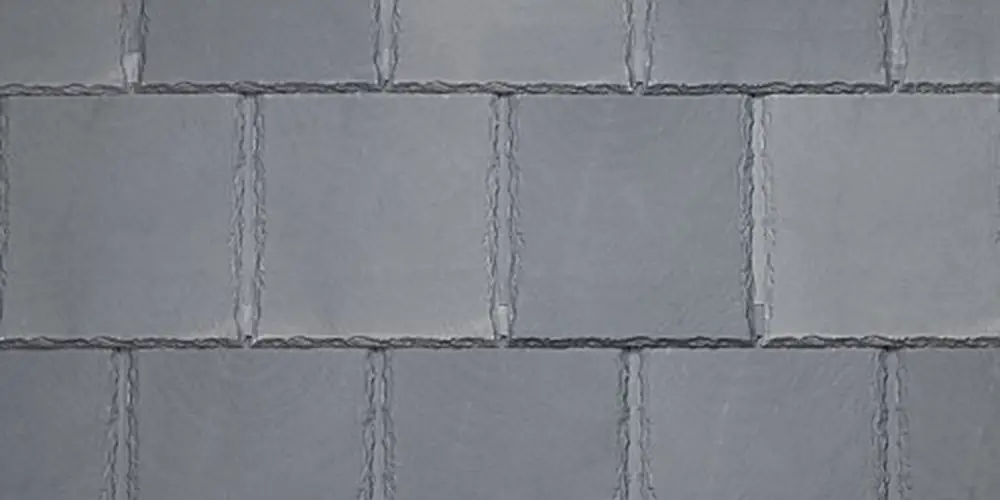
Slate tiles are made from natural rock that has been mined, cut and formed into regular shapes. As might be expected, tiles made from rock are extremely durable and resistant to the worst weather. There are several advantages of slate tiles:
- They can last as long as 80 years.
- They have a unique appearance that’s aesthetically appealing.
- They resist water absorption, making them extremely waterproof.
- They can handle freezing temperatures, snow and ice.
- They are extremely resistant to strong, damaging winds.
However, given all this durability, there are several drawbacks to slate tiles:
- They are usually the most expensive tile option for homes.
- They are difficult to repair and require the use of special slate tile contractors.
- They are extremely heavy, meaning smaller structures simply can’t support them.
Slate tiles also come in a variety of colors: green, black, grey and red.
CONCLUSION
The two major factors to consider when choosing between different tiles are cost and durability. If you live in a region with extreme temperature fluctuations, durability will be a primary concern. In other regions, cost and ease of installation will be primary factors to consider.
Secondary factors include the aesthetic look and appeal of the shingles and their organic content. If you live in very hot or very cold temperatures, energy efficiency may also be a key concern.
Finally, a solar roof installation can change the decision-making process for roof shingles.
There are roof shingles that can blend in with classic asphalt shingles as part of any solar energy system. Today’s types of roof shingles come in many shapes, colors and sizes, giving homeowners plenty of choices.
Hi, I’m Jim. I was a roofing constructor for 20 years, before deciding to start myrooff.com and gather the best content about roofing. I love woodworking and construction and it was only natural for me to start this passion project of mine. Thank you for visitng.

